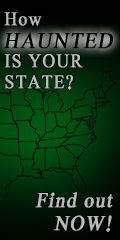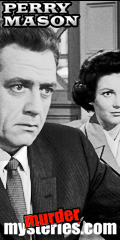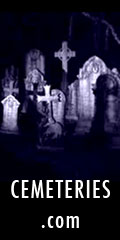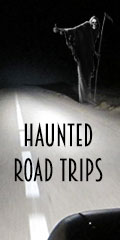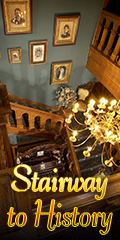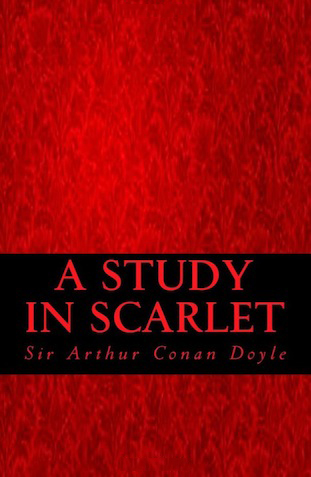
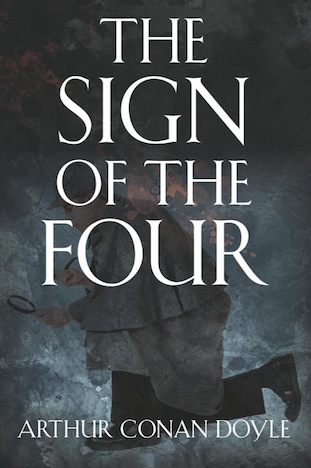
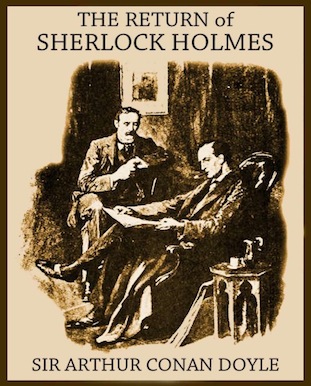
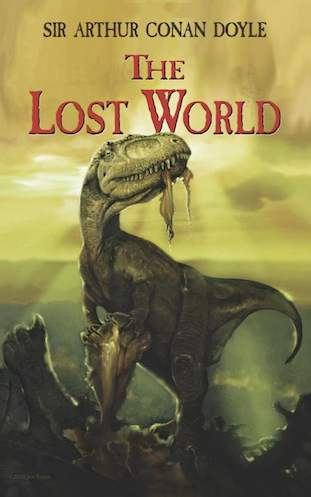
Arthur Conan Doyle
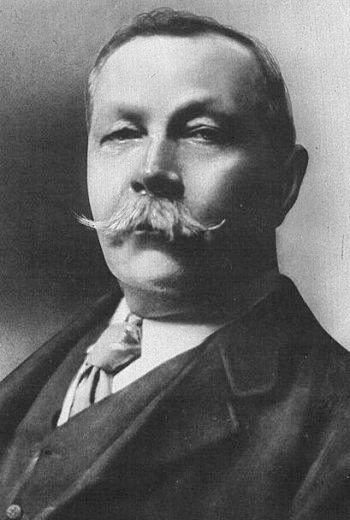
It is "elementary" that Sherlock Holmes, the enigmatic detective created by Sir Arthur Conan Doyle, will long be the richest legacy given to the public by Doyle. However, this complex man would have preferred if the world chose to remember him, not for his popular fictional detective, but for his personal crusade to advance the Spiritualist movement during his lifetime.
Conan Doyle was a highly intelligent and curious man. Born into a large family in Edinburgh in 1859, Doyle was one of 10 children. His father, Charles Doyle, was a civil servant who had difficulty keeping his family fed on a meager income and would succumb to alcoholism following his dismissal from his position at the Edinburgh post office. His father's alcoholism had a profound effect on young Arthur and he expressed his disdain for the syndrome in many of his writings.
Conan Doyle was initially taught at home and then attended school until the age of nine. He continued his education at a preparatory school run by the Jesuit Order. Although he was a good student, Doyle was unhappy in the severe environment of the Jesuit school and personally began to question the beliefs of the Catholic church and other organized Christian faiths, as well. After some traveling abroad, Doyle returned to his hometown and entered Edinburgh University to study medicine.
While obtaining his medical degree was an honor, the larger reward from his time spent at medical school was the relationship Doyle developed with Dr. Joseph Bell. Dr. Bell used his considerable skills at deductive reasoning to astound patients, hospital staff and medical students, like Arthur Doyle. Dr. Bell was often able to deduce a patient's occupation or where the person had come from by observing telltale signs or listening carefully to accents and diction. An observant man who could deduce the secrets another man held...the inspiration for Doyle's literary creation of Sherlock Holmes.
In the late 1800s, Doyle was in medical practice in England and, when not seeing patients, he used his free time to write his first literary effort, A Study in Scarlet. The story was accepted by Beeton's Christmas Annual in 1887 and thus began the amazing literary career of Arthur Conan Doyle.
Buoyed by the success of his first Sherlock Holmes story, Doyle wrote a full-length historical novel, Micah Clarke, which was also well received by the public and Doyle found himself amid the important literary circles of the day. In 1889, Doyle attended a dinner hosted by publisher, J.M. Stoddart, and over the meal Doyle and the infamous writer, Oscar Wilde, discussed their individual works. Following this encounter, Wilde would write The Picture of Dorian Gray, while Doyle would begin to pen his next Holmes adventure, The Sign of the Four.
Doyle's personal life was full of changes, as well. He married Louise Hawkins in 1885. Unfortunately, his wife suffered from numerous personal problems and ill health which would negatively impact both of them throughout their marriage. Perhaps as an escape from the reality of his situation, Doyle turned more and more to the study of psychic issues, the occult and Spiritualism.
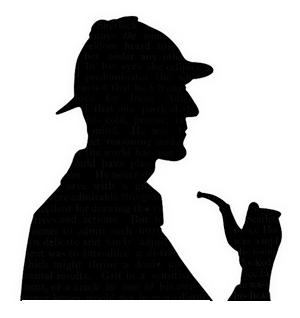
Following travel and additional study in Europe, Doyle and his wife settled in London and he concentrated on his writings anew. In 1891, Doyle found a new vehicle for his Holmes stories in The Strand Magazine. Each adventure was devoured by mystery lovers who couldn't seem to get enough of Sherlock Holmes. Within 10 years, Doyle had grown tired of the character and the clamor for more and more Holmes stories and he decided to 'murder' his famous detective. In The Final Problem, Holmes wrestles with his arch enemy, Professor Moriarty, at the edge of Reichenbach Falls in Switzerland. Both seemingly plunge to their death and the tragedy is recorded by the loyal Dr. Watson. Readers of the December, 1893 issue of The Strand Magazine were horrified and could not believe that Sherlock Holmes had succumbed to such a tragic and unbelievable death.
Doyle was, however, relieved to be able to move on to other literary efforts including a stint at war reporting from Egypt. In addition, Doyle served his country as a physician in during the war with South Africa. In 1902, the writer agreed to reprise his detective for a grateful public and published the novel, The Hound of the Baskervilles. The Return of Sherlock Holmes followed in 1905 as did numerous other Holmes stories over the years.
Doyle's first wife died of complications of tuberculosis in 1906 and, one year later, he married Jean Leckie. Miss Leckie and Doyle had, in fact, been in love for many years but out of respect for his dying wife, Doyle had not pursued a physical relationship with Jean until his wife had passed away.
Over the next few years, Doyle led an active and interesting life including investigating a few real life criminal cases, studying photography, forming the basis of a regiment at the outbreak of W.W.I, writing a history of British battles and, for a second time, serving as a war correspondent.
Following the war's end, Doyle delved deeper into Spiritualism and traveled around the world promoting his beliefs in dozens and dozens of lectures. He championed the cause of various psychic mediums as well as the highly controversial Cottingley Fairy photographs. In 1917, two cousins, Elsie Wright and Frances Griffiths produced some photographs of themselves taken in their Yorkshire garden. In the black and white photos, the girls appear to be making friends with tiny fairies who are delicately balanced on foliage and flowers. In those pre-Photoshop days of yesteryear, the thought that two girls, age 10 and 16, could have the skill to produce a 'trick' photograph was unheard of. Many otherwise intelligent men and women, including Conan Doyle were duped by these photos.
With a lengthy and varied career behind him, Doyle continued traveling and writing for many years. Following a trip to the Netherlands, Sir Arthur Conan Doyle suffered a heart attack and died at his home on July 7, 1930. The world had lost an incredible individual who, despite his own frustration at his fictional detective, will always be remembered as the genius behind the world's most famous detective, Sherlock Holmes.
Read our biography of Sherlock Holmes.
Read our review of The Hound of the Baskervilles.


